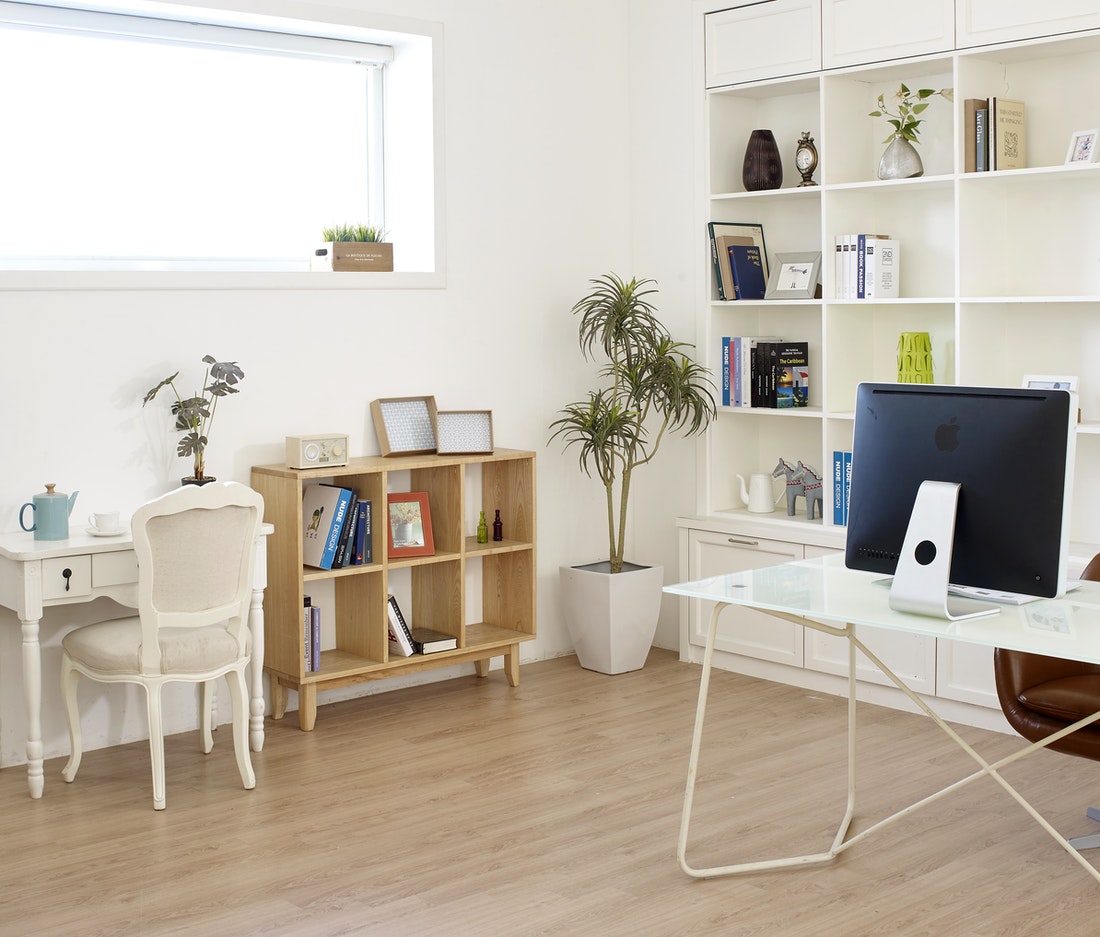When you think of air pollution, you probably imagine it existing outside of your home. But since almost everyone spends their time indoors, keeping the air quality as clean as possible can be challenging.
Bumper-to-bumper traffic, e-waste filling, and manufacturing companies emitting dangerous chemicals into the air are just some of the most common reasons why reducing air pollution is something that’s out of reach. However, air pollution inside the house can be just as harmful.
The most common causes of indoor air pollution include radon, mold, and carbon monoxide emissions from gas stoves and central heating systems. Even disinfectants and air fresheners can be a source of harmful chemicals, too. That’s why it’s crucial to find ways to help you reduce the pollution inside your home as much as possible. But where do you start?
Find out the source
One of the most efficient ways to reduce air pollution inside your home is to find out its source. Once you’ve established where it’s coming from, you can find it easier to lessen their emissions. One way to do it is by using environmentally-friendly extermination techniques if you’re trying to get rid of pests. It would help if you also considered removing the carpets to reduce dust mites. Washing linen using hot water can help, too.
Experts say that you can reduce air pollutants is by shifting to essential oil diffusers instead of air fresheners. You can also adjust the gas stove and install a ventilation system to diminish the level of chemicals emitted into the air.
Lessen your exposure to carbon monoxide

Carbon monoxide can be dangerous to your health, especially when you get exposed to it regularly. So, it’s best to reduce your exposure to heating equipment that produces carbon monoxide, such as gas water heaters, wood stoves, and kerosene heaters. It will also help if you make sure that you maintain every combustion equipment to reduce toxic fume production. You can consider hiring a professional to inspect and clean your central heating systems, too.
Experts also suggest using open vents when using a fireplace to reduce carbon monoxide emissions. It’s also useful to track its levels so that you’ll know if it reaches a dangerous level.
Get rid of mold
Mold exposure can be dangerous as it can lead to multiple health problems ranging from wheezing, skin rashes, and even headaches. That’s why it’s best to get rid of it as soon as you see any signs of mold growth. The best way to manage your problem is by monitoring the dampness levels in your home. You can use the exhaust fan after using it to help reduce the room’s humidity level.
Over time, dust and mold can accumulate inside the duct. Thus, diminishing the overall air quality. That’s why it’s best to hire a duct cleaning service to ensure that your ducts are circulating fresh, clean air.
Use an air purifier
Another way to help promote cleaner air quality is by investing in air purifiers. You can plug them in a couple of your commonly used rooms such as the kitchen, living room, and even the bedroom. Doing so will help clean the air effectively. Meanwhile, if you prefer something more environmentally-friendly, going for houseplants is the best way to go. Plants such as snake plants and peace lilies naturally detoxify indoor air by absorbing the toxins the harmful pollutants.
Pollution exists everywhere. And it’s up to you to make sure that you do your part to reduce your carbon footprint. There are other ways to help promote better indoor air quality in your home. All you need to do is find a few techniques that’ll fit your lifestyle.